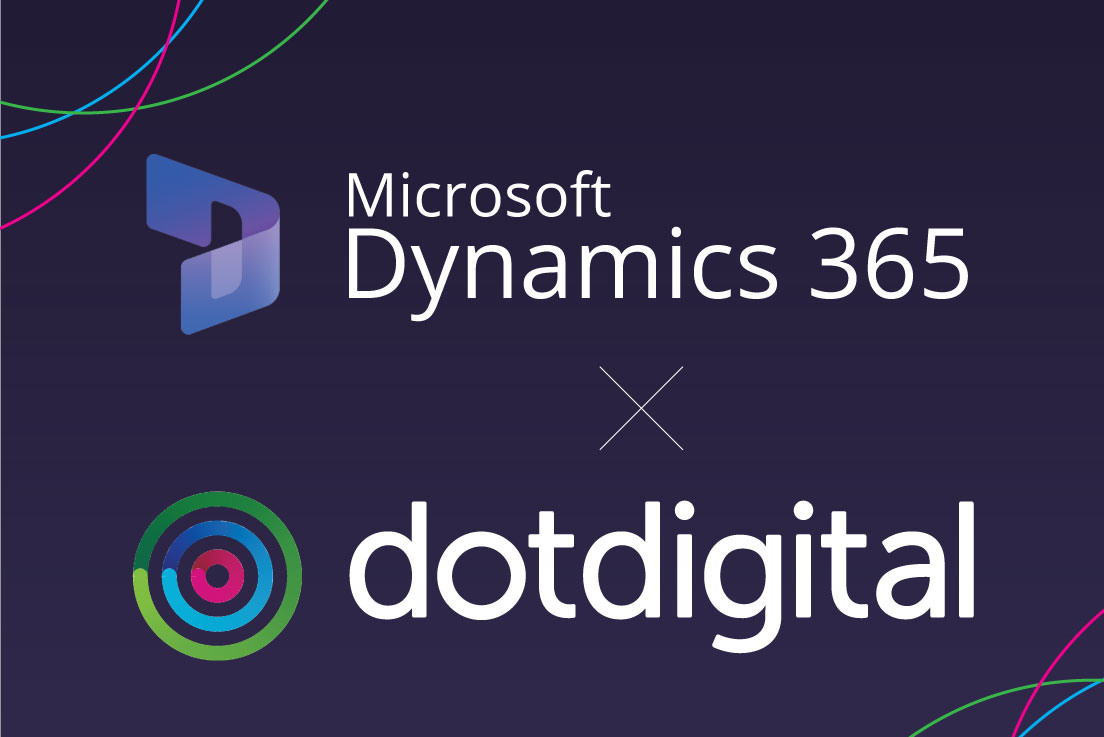
Fixed Price vs. Time and Material
Modern IT solutions are no longer just a curiosity in the world of business. On the contrary, they are the foundation of its functioning for years. It is nearly impossible to imagine a production company without an ERP system implemented, or a sales department that does not use CRM. The implementation of this type of solution has become inevitable.
Let’s assume that you already know which system you want to implement in your company, and you have already chosen a company that will implement it. Time to decide on the cooperation model. Below you of the two most common models of project management and accounting for work with external contractors who carry out this type of order.
Fixed Price
Fixed Price is a project settlement method in which work on the project begins after a paid business and pre-implementation analysis of the client’s company needs.
Business analysis can be outsourced or carried out by a company that will be responsible for implementing the given IT solution. Then a pre-implementation analysis is mostly carried out by the company responsible for the implementation. In case of large and medium0sized project, it can take up to several months to thoroughly conduct business and pre-implementation analysis.
After analysis, the scope of work is being prepared. On its basis, the time and budget necessary to complete the project are negotiated, and finally an accurate work schedule is being made. In this model of cooperation, settlements occur after work on individual functionalities or the entire project.
Time and Material
This model assumes greater freedom and flexibility in working on solutions. It is based on the settlement of the real-working time of individual programmers and consultants. It is recorded during the implementation of the project. In this case, the standard settlement is monthly.
Which settlement model should you choose?
At first glance, Fixed Price means security, which is a consequence of a previously planned work schedule and a predetermined price. Theoretically, all you have to do is to wait for the effects. And often, in case of the smaller projects, it can work out.
However, problems arise when the project is larger and more advanced. Unfortunately, most cases belong to the second category.
What does the Fixed Price model involve?
First of all – in-depth, time-consuming, paid analysis, which allows creating the scope of the future system and needs to be approved by the management of the company. This involves additional costs and can increase the time that is required to finish the project even by several months.
It will be only several months if we assume that during the implementation of the project, it will not turn out that any necessary functionality was omitted by the client during one of the stages of the analysis. In such a case, it is necessary to sign a new annex to the contract, which means other delays due to time-consuming renegotiations regarding the terms of the contract.
However, let’s assume that everything was prepared perfectly and the work schedule is accurate up to one hour of work. Even in this case, there are various potential risks that may arise during project implementation:
– some business processes in the client’s company might change, it might mean a need for new functionalities,
– the external environment might change i.e. a new legal act might come into force, the most famous example was the GDPR directive,
– another random factor might occur.
It turns out that in this model, the risk does not disappear but it is masked and transferred to other areas. The lack of flexibility resulting from a rigidly defined budget means that if there is a demand for work that was not included in the schedule, the client receives a product that does not fully meet his needs or a renegotiation of the budget is needed, which generates more costs and delays.
It is also worth noticing that the Fixed Price model means a higher price, which is a logical consequence of its nature. The contractor takes the risk; in-depth documentation has to be prepared, there is also a need to reserve an additional budget for the optimization and the configuration of the system. It means that the valuation of the project has to be increased. Therefore, based on our knowledge and experience, we advise this Fixed Price model to deploy smaller projects, in which the preparation of a precise specification takes relatively little work and the risk associated with the external factors is way lower.
What does the Time and Material model involve?
Usually, this model also needs to carry out an analysis. However, it is quite general, and its primary goal is to estimate costs. Final system design and planning work involves smaller stages, e.g., at the beginning of a sprint or when work on the next module begins.
This allows both parties to be much more flexible. The most common concern among customers with this model is the issue of financial discipline and lack of trust in the solution provider. To overcome this problem, we often start cooperation with our clients from workshops in the Fixed Price model. It allows us to understand each other needs better, thoroughly examine and analyze the current state of the clients’ processes and implement the first solutions. The transition to the Time and Material model is the next step.
It is also worth remembering that thanks to the flexibility this model provides, the client can change the scope of work and priorities at any time during the project. It is possible to add new or abandon each functionality depending on changing customer needs or external factors without any formal problems.
When to choose the Fixed Price model?
- Smaller project
- The design and requirements related to the ordered solution are very precisely defined
- You have a trusted supplier or one who has very good recomendations
- You don’t need to implement the solution quickly
When to choose Time and Material model?
- You need flexibility
- You want to have possibly the best quality
- You want the project to be implemented as soon as possible
- You want to avoid the risk of the legal changes
Choosing between Fixed Price and Time and Material models depends on your project’s scope, complexity, and your organization's flexibility needs. If you want to ensure the best approach for your specific case, our team can provide guidance and support tailored to your business needs. Whether you're looking for assistance with project planning or custom software development, we are here to help. Learn more about our custom software development services.
Still not sure which model to choose? Contact us using the form HERE, call us at +48 61 624 86 40, or e-mail


